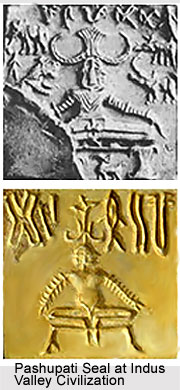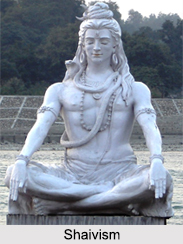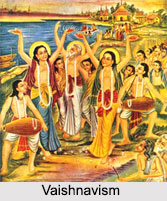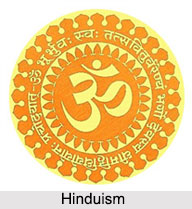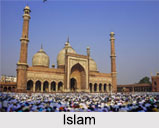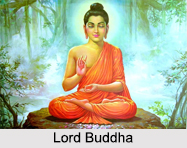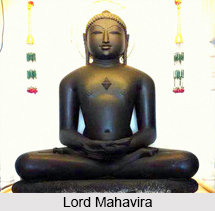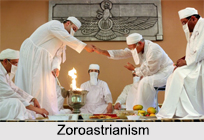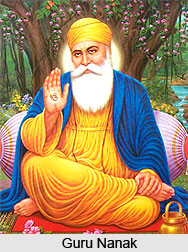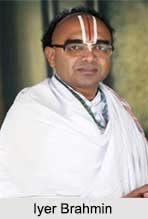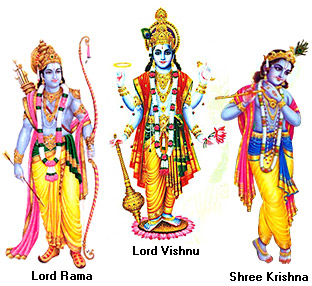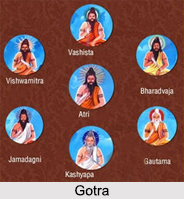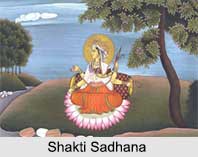 Shakti Sadhana in Tantric practice is the worship of the Shakti through which the spirit of love and consciousness are aroused in the soul and represents the "Svabhava" which is the ultimate ecstasy. Shakti is the demonstration of the eternal power of both animate and inanimate world and the origin of all creation, and macrocosm. The role of Shakti in the human life comprises the awakening and strengthening of the three layers of human body - physical, subtle and casual; the five "koshas" (shells) - Anna Maya, Prana Maya, Mano Maya, Vijnana Maya and Ananda Maya accomplish various types of currents of Shakti.
Shakti Sadhana in Tantric practice is the worship of the Shakti through which the spirit of love and consciousness are aroused in the soul and represents the "Svabhava" which is the ultimate ecstasy. Shakti is the demonstration of the eternal power of both animate and inanimate world and the origin of all creation, and macrocosm. The role of Shakti in the human life comprises the awakening and strengthening of the three layers of human body - physical, subtle and casual; the five "koshas" (shells) - Anna Maya, Prana Maya, Mano Maya, Vijnana Maya and Ananda Maya accomplish various types of currents of Shakti.
Practice of Shakti Sadhana
To unravel the mysterious world of Maha Shakti, the awakening of different exquisite "Chakras" like the awakening of Mooladhara, Manipura, Visuddha, Swadhisthana, Anahata, Ajna and Sahasrara is practiced. Sadhana needs complete dedication through which the relation with the inner self is established. The absolute temple for worship is the body with its solar and lunar energies, five elements, senses and the mind. Sadhana is the yogic process which is followed to unravel the inner self and the ultimate truth of an entity. It helps to absorb the nuances of the deity`s personality into the human body and the mind tends to get the purity of thought and perception.
Many devotees conceive Devi as the supreme energy of Lord Shiva who is identical to and inseparable from Him. Shakti Sadhana includes asana of all Shakti. The main aim of Shakti Sadhana is to attain saarupya and sayujya with Adi Para Shakti. There are various paths in Shakti Sadhana. There is Durga and her manifestations, Lakshmi, Kali, Tara and Ten Mahavidyas. Using power of the soul and awakening is the goal of Shakti Sadhana. Sadhana is an act of purification and it strengthens the mind which leads one to think that there is one soul and that it is the Universe. Acara and Bhava are the roots of Shakti Sadhana. There are seven types of Acaras and three types of Bhavas.
Therefore, Shakti Sadhana in Tantric practice evolves a whole-hearted worship of the prowess of Shakti on a daily basis of life. Shakti Sadhana confers both worldly success and spiritual liberation. Shakti Sadhana can also be called the "Sadhana of Advaita".
